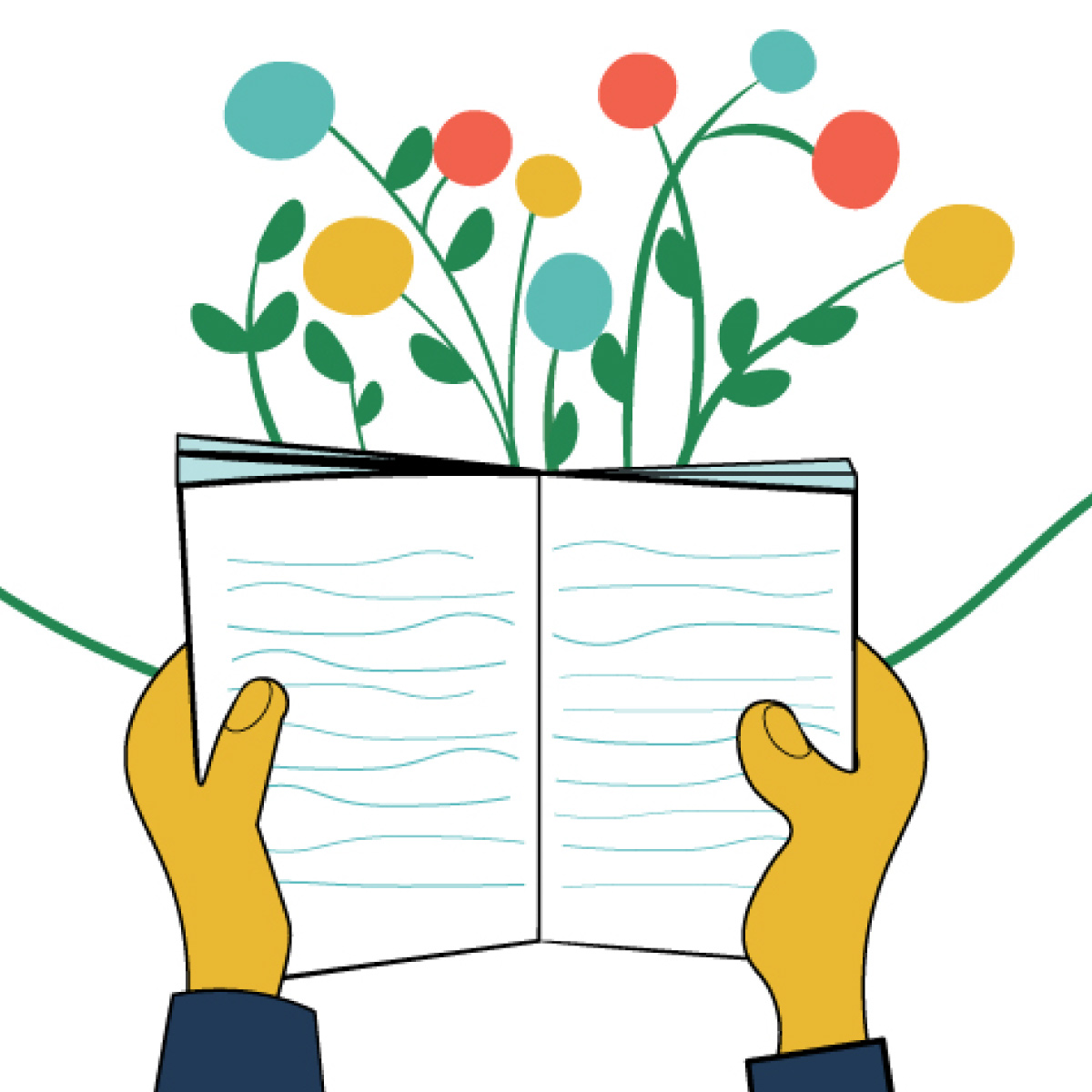When we talk about reading comprehension, we often leap straight to big ideas: main idea, author’s purpose, inferencing. But let’s pause for a moment and zoom in—way in. Because often, it’s not the big idea that’s holding students back. It’s the sentence.
In fact, sentence-level comprehension is one of the most overlooked yet essential building blocks of literacy. If students struggle to understand what’s happening within a single sentence—especially complex, compound, or content-rich ones—they’ll never fully grasp the paragraph, let alone the text. It’s like trying to build a house with bricks made of sand.
So, how do we elevate sentence-level comprehension without turning our classrooms into grammar boot camps? One word: stations.
Why Sentence-Level Comprehension Matters
At its core, sentence-level comprehension is about meaning-making. It’s not just about knowing what each word means—it’s about how words combine to convey ideas, relationships, time, and tone.
Struggles with sentence-level comprehension often manifest in these ways:
- Students can decode fluently, but don’t understand what they read.
- They struggle with inferencing because they miss the nuance or purpose of a sentence.
- They have trouble summarizing because they haven’t grasped key transitions or contrasts.
Addressing this issue doesn’t just support comprehension—it strengthens writing, speaking, and thinking.
Making It Work: Innovative Sentence-Level Comprehension Stations
Below are five creative station ideas that elevate sentence understanding in dynamic, student-centered ways:
🔍 1. Sentence Surgery Station
Objective: Dissect complex sentences to understand structure and meaning.
How it works: Students are given one or two complex sentences (from current reading texts or mentor texts). They highlight the subject, verb, and object, then identify clauses, conjunctions, or transition words. Use color-coded markers or magnetic sentence strips for tactile learners.
Bonus Twist: Have students “operate” by removing or swapping parts to see how the sentence changes in meaning.
✏️ 2. Rebuild the Sentence Station
Objective: Develop awareness of syntax, tone, and structure.
How it works: Give students sentences that have been jumbled or stripped of punctuation. Their job is to rebuild them in a way that makes sense—and then explain their reasoning. This forces students to think deeply about syntax, emphasis, and meaning.
Bonus Twist: Provide multiple options for rebuilding and have them compare tone or emphasis in each.
🧠 3. Think-Aloud Partner Station
Objective: Build metacognitive awareness of sentence interpretation.
How it works: Partners take turns reading one sentence at a time and “thinking aloud” about what it means. Sentence stems such as “I think this means…”, “I noticed that…”, or “This part is tricky because…” help structure the conversation.
Bonus Twist: Record the think-alouds and play them back as a class model.
🎨 4. Visualize It Station
Objective: Translate sentences into visual meaning.
How it works: Students read a descriptive or content-rich sentence and draw what they visualize. Then they explain how specific words or phrases informed their drawing. This helps students pay attention to modifiers, figurative language, and word choice.
Bonus Twist: Peers try to guess which sentence matches each drawing, sparking rich discussion about interpretation.
🛠️ 5. Sentence Transformation Station
Objective: Strengthen vocabulary and flexibility with sentence construction.
How it works: Students start with a simple sentence and are given “upgrade” tasks: add an adjective, insert a transition, change the verb for more precision, combine it with another sentence. This encourages experimentation and deeper understanding of word function and meaning.
Bonus Twist: Have them create a “before and after” anchor chart showing their original and transformed sentences.
Bringing It All Together
Stations are powerful because they create space for deliberate practice in a low-stakes, high-engagement format. By dedicating just 10–15 minutes per rotation, you can give students multiple opportunities to pause, zoom in, and decode meaning sentence by sentence.
In a world that often rushes toward answers and speed reading, sentence-level comprehension reminds us to slow down and savor. Because when students can make meaning at the sentence level, they’re not just decoding words—they’re building the foundation of deep understanding, one brick at a time.
Unlock literacy as the gateway to justice—empower every learner with the words, wisdom, and voice to build a fairer, brighter world.



